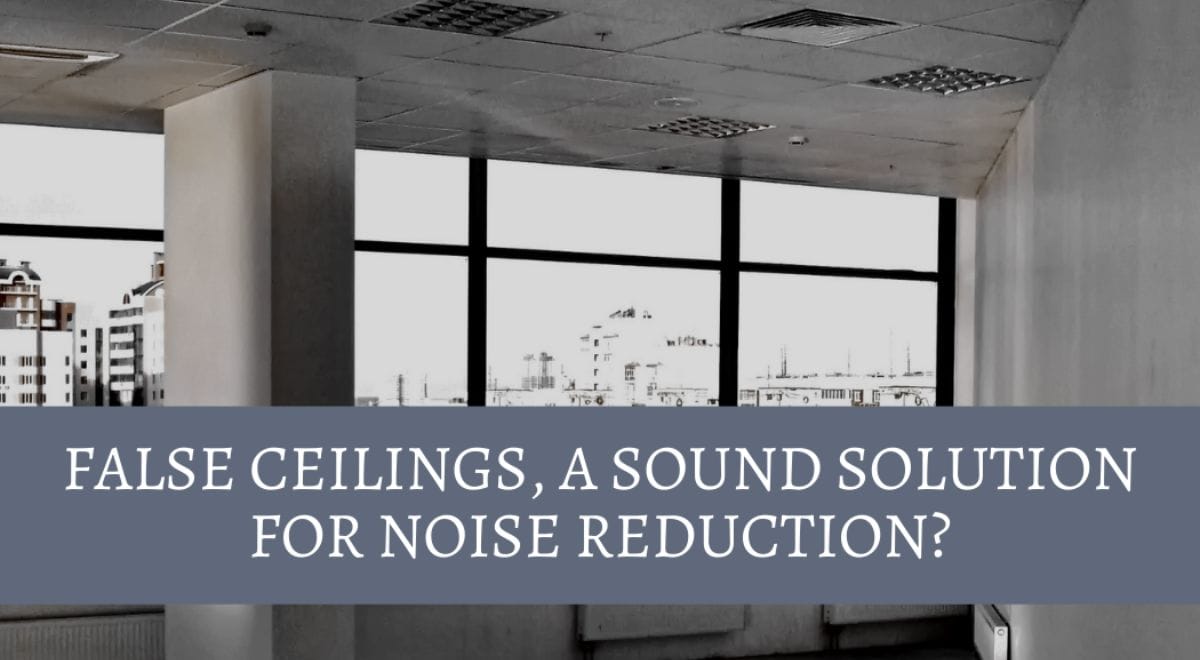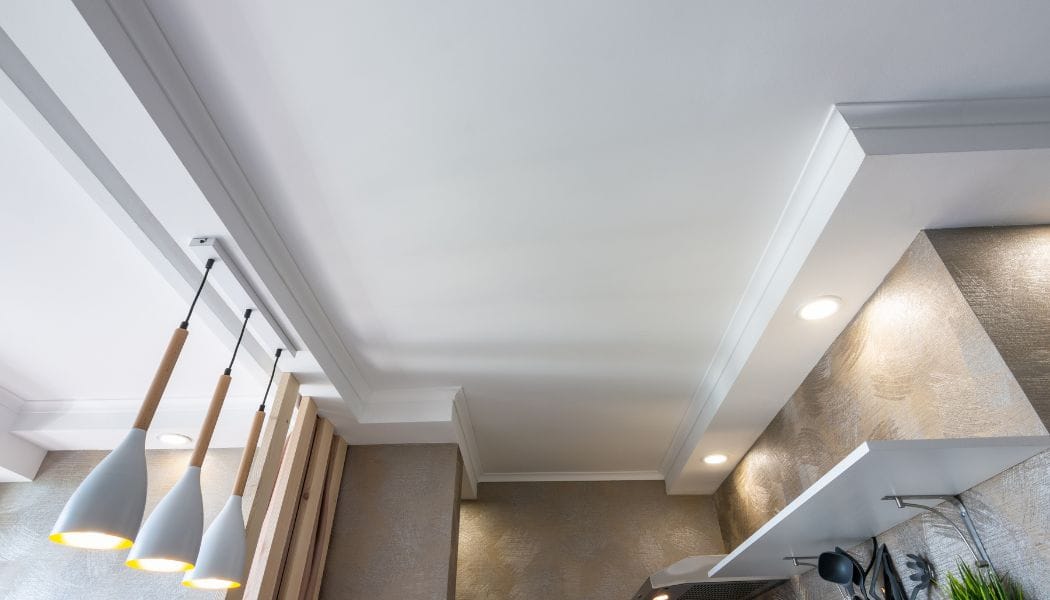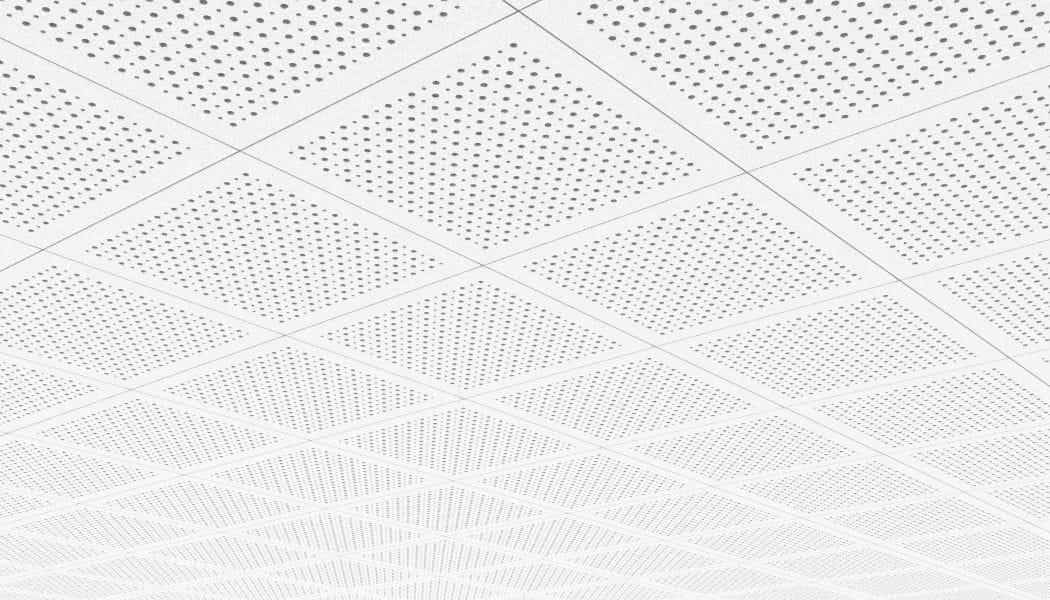False Ceilings, A Sound Solution For Noise Reduction?
Plagued by the constant noise in the room? Find out how false Ceilings can help reduce noise and improve the room's acoustics.

A moment of Silence is often hard to find, especially when you have noisy neighbors, howling street dogs, constant vehicle movement beside your home, children playing just outside your room, and of course people blasting music at high volumes. Whatever the cause, they are all equally irritating when you are trying to make some time for yourself.
There are plenty of solutions to this problem that can help with noise suppression or noise reduction. But here in this blog post, we shall explore a unique solution that does more than just reduce noise. Let’s talk about False Ceilings.
What are False Ceilings?
False Ceilings also called Suspended ceilings are secondary ceilings that are fitted below the original ceiling with the support of a frame. The frame is usually made of metal or wood. They are widely used in commercial buildings and are now common in residential spaces too.

They are a variety of reasons why they are used. Though aesthetics is at the top of the list, false ceilings come with many other uses too. They are used to hide away wires and ducts on the roofs, provide insulation, and improve acoustics.
False ceilings can be made with a variety of materials depending on the desired look. They are commonly made of Gypsum, Mineral fiber, Metals like Aluminum and Steel, and Wood.
How do They Reduce Noise?
False Ceilings have multiple measures or features in place to help reduce noise. The most obvious and probably unintended feature is the gap between the original ceiling and the false ceiling. This gap is usually left empty, at least we believe that it is empty. But in reality, that gap is filled with air. This air space acts as a buffer zone that prevents the sound waves from reaching the room by absorbing them as much as possible.
If these air gaps are filled with certain insulating material they will further increase the sound absorption capability of the false ceiling. In addition to this, the material from which the false ceiling is made makes a big difference. Acoustic tiles and panels are specifically designed to reduce noise. Using these materials makes your false ceiling specialized at reducing noise.

How Good are They?
False Ceilings are an excellent option for noise reduction, especially in situations where other noise reduction methods are ineffective. False Ceilings are very effective in canceling out airborne noise like annoying chatter and blaring sounds from electronic devices. False ceilings are as good as the materials used to build them, and their effect varies on their dimensions too.
False Ceilings not only help with noise reduction but can also increase your home’s aesthetic appeal if done right. Although you can install a false ceiling by yourself if you are confident in your DIY skills, it is better to get professional assistance as improper installation can lead to not-so-good outcomes. You don’t want the ceiling to give you a surprise hug now, do you?




Comments ()